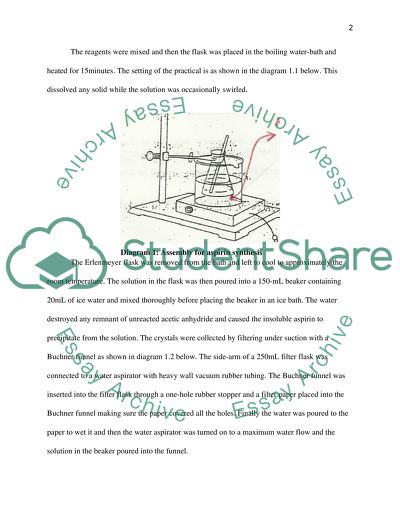Cite this document
(“Preparation of Acetyl Salicylic Acid (Aspirin) Lab Report”, n.d.)
Retrieved from https://studentshare.org/chemistry/1440083-preparation-of-acetyl-salicylic-acid-aspirin
Retrieved from https://studentshare.org/chemistry/1440083-preparation-of-acetyl-salicylic-acid-aspirin
(Preparation of Acetyl Salicylic Acid (Aspirin) Lab Report)
https://studentshare.org/chemistry/1440083-preparation-of-acetyl-salicylic-acid-aspirin.
https://studentshare.org/chemistry/1440083-preparation-of-acetyl-salicylic-acid-aspirin.
“Preparation of Acetyl Salicylic Acid (Aspirin) Lab Report”, n.d. https://studentshare.org/chemistry/1440083-preparation-of-acetyl-salicylic-acid-aspirin.


